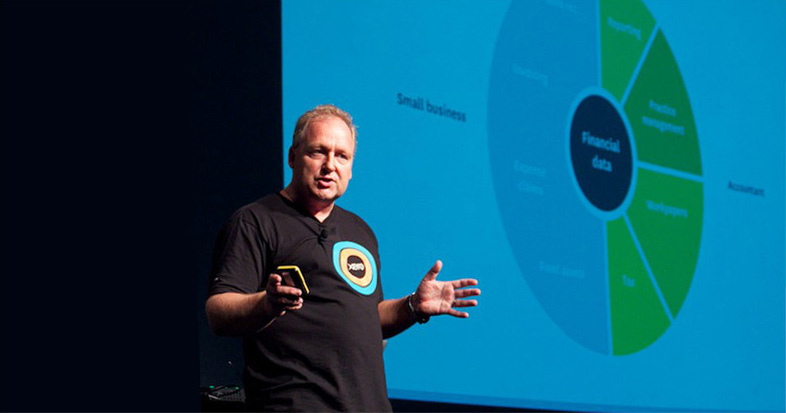Both the public cloud and a publicly listed company are good things for a business says Netsuite’s Zac Nelson.
“Managing a public company is a great discipline and in some ways gives us an advantage over non-public company who don’t have to have discipline and make good investments,” says Zac Nelson, the CEO of Netsuite.
Nelson was talking to Decoding the New Economy yesterday at the annual Suiteworld conference, Netsuite’s annual gathering in San Jose.
The CEO’s comments are in contrast to a common view that being publicly listed company distracts a company’s management from focusing on long term objectives, a sentiment Nelson rejects.
“In terms of managing a public company I think it’s an important discipline, I think a lot of people are opposed to these SOX (Sarbanes-Oxley) rules but when I look at these rules I think they are just common sense. Are you managing your business right? You want to have control of your business so you aren’t blindsided.”
Probably the biggest advocate of taking companies private is Michael Dell who took his eponymous business off the markets three years ago and is now looking at doing the same thing with EMC in what will be the biggest IT merger in history.
Dell going private
Nelson doesn’t think Dell going private was a mistake though, “I saw Larry Ellison say it was one of the greatest business moves in the history of man, I’ll agree with Larry – he’s usually right on that stuff,” he laughed.
“The thing I see Dell doing that I understand is they are giving their smaller division more autonomy. Dell Boomi is going back to being just Boomi and Secureworks just went public. Certainly from a structural standpoint and business model innovation that makes sense and it’s what I understand.”
As a public company, Netsuite does come under scrutiny and one of the criticisms is that it continues to post losses, something that Nelson puts down to the treatment of stock options. In the last earnings report, the company claimed capitalising stock options added $30 million in costs and not including them would see the company reporting an eight million dollar profit last quarter.
“We’re cash flow positive, we generate over $140 million in cash,” Nelson says. “People are happy with it, we’re still investing. What we’re investing in this year is different to the past, we’re investing in services to enable our customers to invest in product.”
Integrating the stack
One of the advantages Nelson sees that cloud based companies like his have are integrated systems, “the client server world created this perspective that dis-integrated systems actually work – you have Windows, you have third-party apps – but what really works well are integrated systems.” he says. “Look at the most common system you guys use, called Apple, it’s an integrated end-to-end system. Same with Amazon, that’s what we’ve built.”
“The detour we took in the client-server world is still being taken in the software world, a lot of software people believe you can compile this stuff and it will magically work. No, it doesn’t. Integrated systems work better.”
Securing the cloud
One area he specifically sees where cloud services have an advantage in being integrated is with security, “a problem that large enterprises have that we to some degree don’t have is we have one system, we have five data centers. You look at some of these large enterprises and some of them don’t even know where some of their data centres are. How on earth do you secure that environment? It’s not a product problem, it’s a process and IT management problem.”
Nelson’s comments on security are a swipe at competitors like SAP and Oracle who are often criticised for having disparate systems.
With Suiteworld moving to Las Vegas next year, it will be interesting to see who’s taking bets against cloud services like Netsuite. Certainly with salesmen like Zac Nelson, they’re able to tell a good story. The key though is to show some profits in the longer run.
Paul travelled to Suiteworld in San Jose as a guest of Netsuite.
Similar posts:




